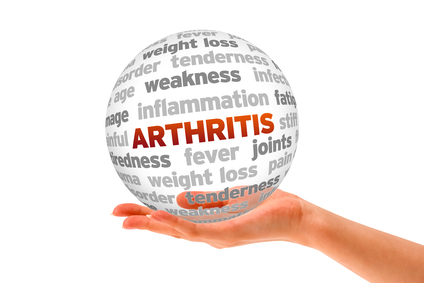7 Simple Habits You Didn’t Know Could Affect Your Bones
Do you know that the things you do every day can affect your bones? Sadly, ‘harmless’ things that are a part of our routine can actually hurt our bones in the long run. For example, we carry a lot of weight, we lead a sedentary life, we eat all the wrong things; and with the passage of time, we develop joint aches and bone ailments.
By eliminating these simple habits from our lifestyles, we can avoid getting osteoarthritis and protect our health. Continue reading to find out more.
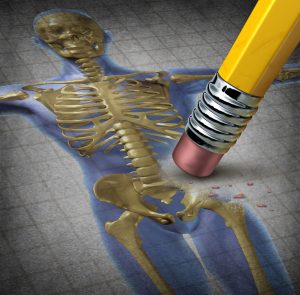 1. Sedentary Lifestyle
1. Sedentary Lifestyle
We wake up, go to work, and sit in front of a computer screen all day. People who spend a lot of time sitting have at a higher risk of suffering from osteoporosis. Practicing a sedentary lifestyle is common for people who work in an office. There is not much time to move around.
Walking, dancing and running can be very helpful in strengthening your bones. So give your bones the exercise they need.
2. Lack of Sleep
Rest is essential for everyone. The thing you should know about your body is that it goes through a constant cycle of detoxifying and cleansing. This process starts with the lymphatic system and continues to your liver. They slowly re-balance and restore the essential functions of your body. And for this process to occur, your body needs to be submerged in deep rest.
Research shows that lack of sleep damages the health of your bones as well. It also reduces the bone marrow and makes materialization difficult, which can lead to osteoporosis in the future.
3. Be Careful with High Heels and Bags
Women have a lot of habits that damage their bones over time. We all drool over our high heels and spend a considerable portion of our paycheck buying the perfect pair. What we don’t know that wearing high heels frequently have a terrible impact on our posture. And thereby, affect the bones in our shins, feet, and back. After a long day of wearing heels, intense pain and fatigue sets in. And in the years that come by, you could suffer from serious problems. So instead of choosing high heels, go for the medium ones.
Another thing that is affecting your posture is those heavy bags. Without even realizing it, some women carry 10 kilos worth of stuff in their tote and shoulder bags. Carrying so much weight, unfortunately, puts a great deal of stress on your shoulders and spine. Not to forget, it causes pain and discomfort.
4. Smoking
We have all heard the warning that smoking is bad for health. What most people don’t know is that it is even worse for your bones. Studies prove that people who use tobacco frequently have lower levels of bone density. Smokers are at a higher risk for fractures than non-smokers. Smoking produces free radicals which kill the cells that build bones (i.e., osteoblasts). If you have already had a fractured bone, smoking damages your blood vessels, which result in the slow healing process.
So throw away that pack of cigarettes, you don’t need them, and neither do your bones.
5. High Salt Consumption
There is definitely a relationship between lower bone density and high salt intake.
We all know salt is bad for our skeletal system as it leeches calcium from our bones. The junk food that we like to munch on time and again is also causing harm to our joints and ligaments. Table salt consists of chloride and sodium. If we consume too much of it, it promotes metabolic acidosis. And that contributes towards the loss of bone density in the long run.
6. Constant Coffee and Soda Consumption
Your day isn’t complete without a cup of coffee. Caffeine is necessary to wake up and give our day the much-needed boost. Coffee contains Methylated xanthine, which increases the amount of calcium release through urine. And over time, the minerals from your bones are affected, resulting in brittle bones.
One or two cups of coffee a day is fine. But, if you exceed that number, your bones will suffer the consequences.
Another drink that affects the health of your bones is soda, especially cola drinks. Sodas have a high amount of phosphoric acids in them, which reduce the consumption of calcium. So it’s better to avoid carbonated beverages so they can’t cause problems later.
7. Sugary or Processed Foods
Packaged and highly-processed foods have low nutrients and high sodium and sugar level. Processed food contains food additives and synthetic chemicals that are very bad for your health. Packaged foods often include hydrogenated oils that are very damaging to your bones. In addition to that, your bones will pay a hefty price if you indulge yourself in a lot of sugary snacks. Not only sugar is inflammatory; it also leads to the blood-sugar imbalances that damage your bones.
Remember, if you cut back on these 7 habits, your bones will be stronger, and you will avoid a lot of bone-related problems in your later life. Not to forget, watch your calcium and vitamin D intake so your bones could be healthy!
Zyana Morris is a passionate blogger who loves to write on trending health, fitness and lifestyle topics. She is a featured author at Healthable, Uplifting Families, Inscriber Mag, Hello Mamas and few others. Her favorite quote “It does not matter how slowly you go as long as you do not stop”. You can follow her through Facebook and Twitter.


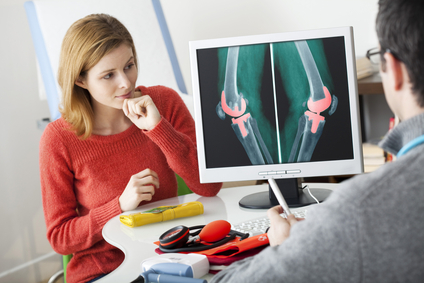
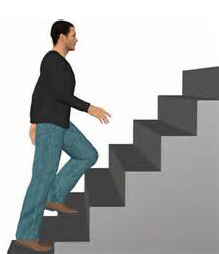
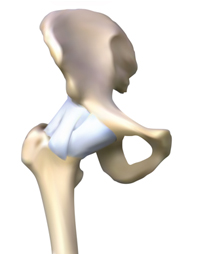
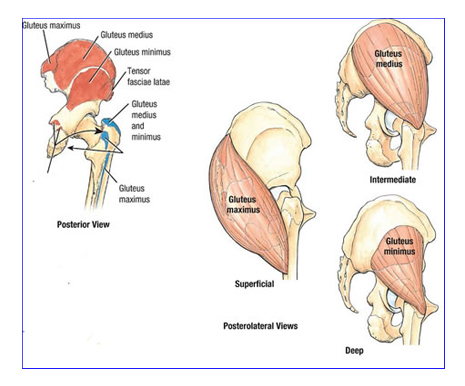
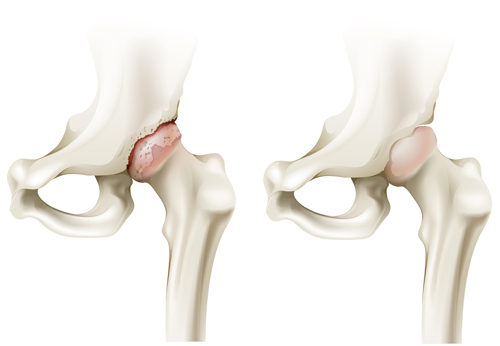

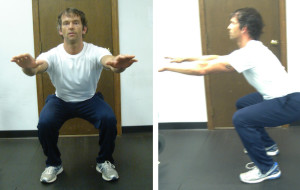
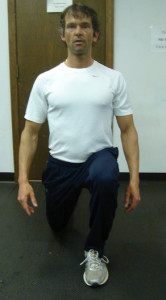
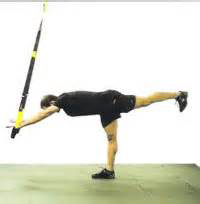
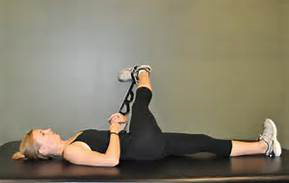
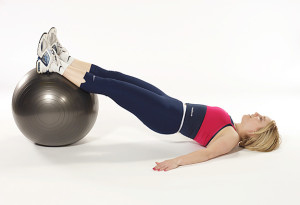

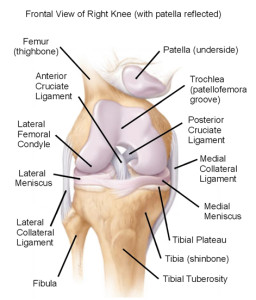
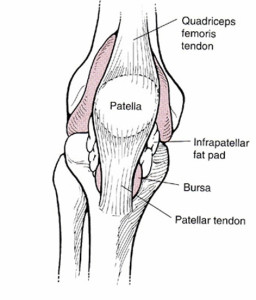
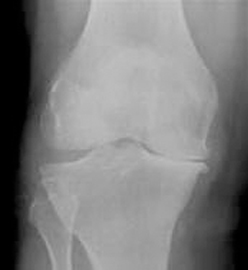
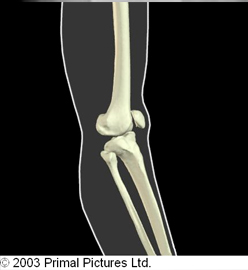
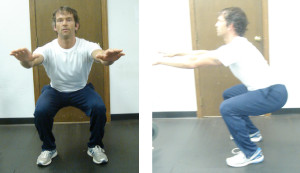
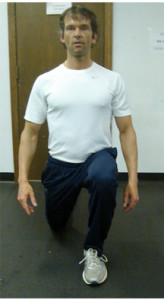
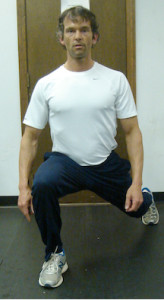
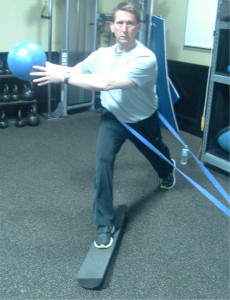
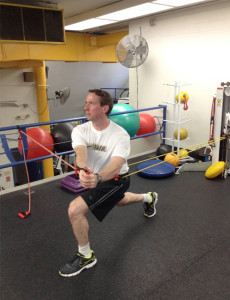
 Chris is the CEO of Pinnacle Training & Consulting Systems (PTCS). A continuing education company, that provides educational material in the forms of home study courses, live seminars, DVDs, webinars, articles and min books teaching in-depth, the foundation science, functional assessments and practical application behind Human Movement, that is evidenced based. Chris is both a dynamic physical therapist with 14 years experience, and a personal trainer with 17 years experience, with advanced training, has created over 10 courses, is an experienced international fitness presenter, writes for various websites and international publications, consults and teaches seminars on human movement. For more information, please visit
Chris is the CEO of Pinnacle Training & Consulting Systems (PTCS). A continuing education company, that provides educational material in the forms of home study courses, live seminars, DVDs, webinars, articles and min books teaching in-depth, the foundation science, functional assessments and practical application behind Human Movement, that is evidenced based. Chris is both a dynamic physical therapist with 14 years experience, and a personal trainer with 17 years experience, with advanced training, has created over 10 courses, is an experienced international fitness presenter, writes for various websites and international publications, consults and teaches seminars on human movement. For more information, please visit 